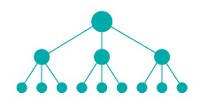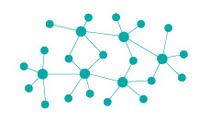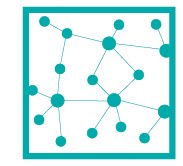The Rules for Building a Decentralized Organization
Derived from…
Ori Brafman and Rod A. Beckstrom; The Starfish and the Spider
Previously
How to Lead a Decentralized Organization
RAP7: Leaderful Rules!
In the history of warfare, 
Can’t beat ‘em…
To fight a decentralized organization we can attempt to change it’s ideology or encourage it to become more centralized. If that fails, then our best chance is to join in and decentralize ourselves.
Not the head
When attacked, a decentralized organization will splinter and grow several more heads. There are ways to attack a starfish and chopping off it’s head is not one of them.
Spread of Knowledge
The presumption in spider organizations is that the head of the organization knows best. This top down approach belies the reality that people on the front line are often in the best place to know what is truly going on. In a starfish organization knowledge is spread rather than concentrated.
Smaller is Better
Centralized systems rely on scale to achieve big results.
Enjoy Chaos Power
Centralized systems run on command and control, all in the name of bringing standardization and order to things. No wonder innovation is a struggle! A starfish organization enjoys chaos and is free to explore, innovate and create.
Catalyst Inspiration
CEO’s might rule but Catalysts inspire people to act. They suggest a course of action and then let go. Warning: Don’t turn a catalyst into a CEO or the whole network will suffer.
Ideology is the Glue
Whilst centralized organizations build structure, starfish organizations build ideology and define values. This is the glue that holds them together and inspires action.
Let me contribute
Top down, central control stifles the opportunity for people to contribute their thoughts. In a starfish organization people are more likely to want to share their knowledge and contribute. Think Open Source code or Wikipedia.
Measure Wellbeing
Centralized organizations pursue precise measurements of their results whereas starfish organizations are more difficult to measure accurately. The key is not to get a definitive answer, it’s more like monitor the general wellbeing of the organization.
Build Network Po
The Network Effect says the power of the network increases with the addition of each new user. In the physical world of phones and faxes, it takes time and effort to build the network. In the digital world, a new user can be added DIY in minutes. Ebay grows with each new buyer and seller.


